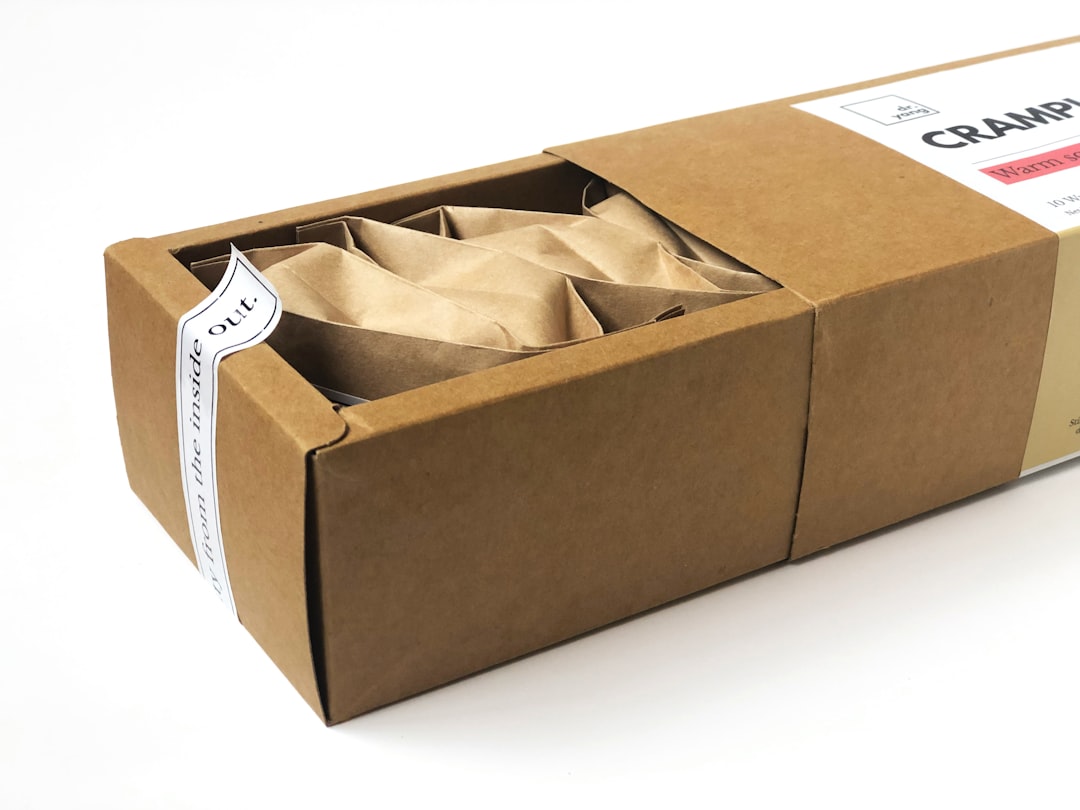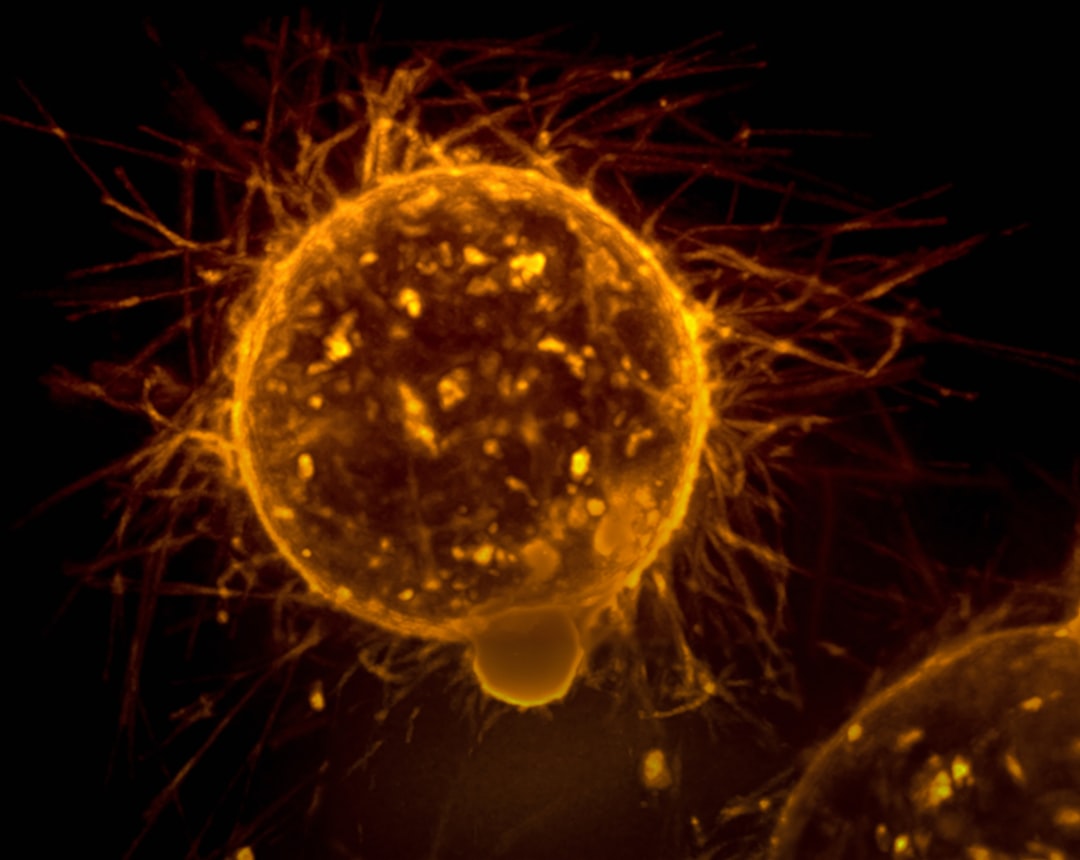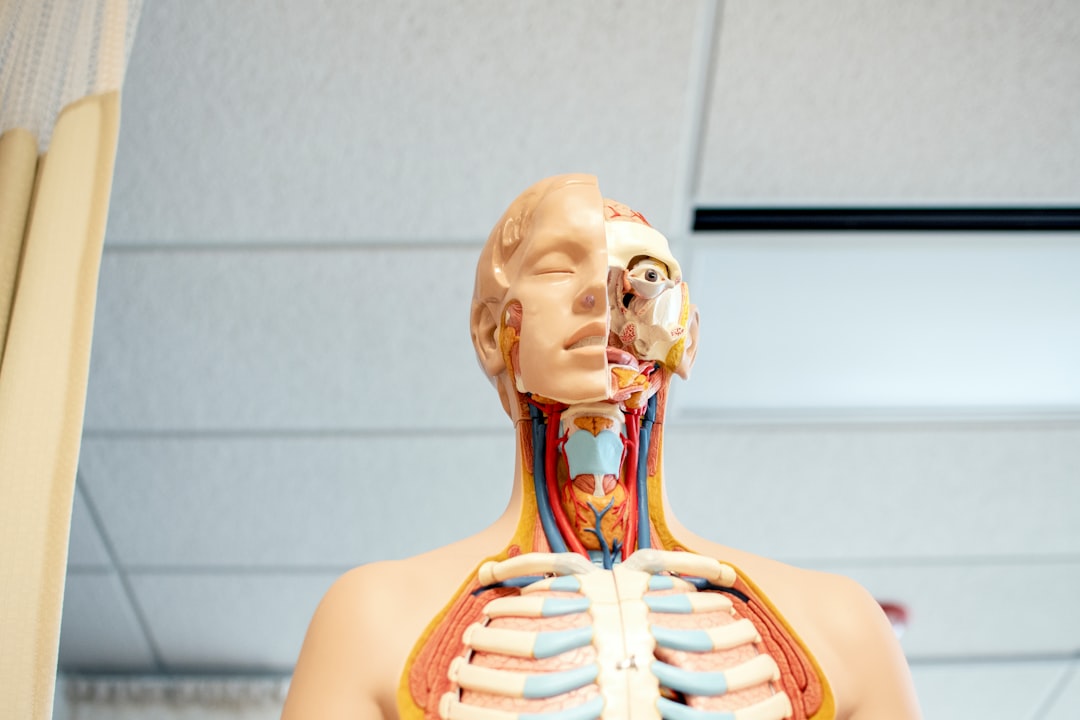What is it about?
Carotenoids are pigments, which play a major role in the protection of cyanobacteria and other living organisms against photooxidative damage. The filamentous heterocystous nitrogen-fixing cyanobacterium Calothrix sp. 336/3 possesses a wide variety of different carotenoids allowing this benthic strain to cope with harsh environmental conditions. This work shows that under severe nitrogen deficiency Calothrix accumulates glycosylated and hydroxylated carotenoids. This property can be further applied for the industrial production of carotenoids with high antioxidant activities.
Featured Image

Photo by Chris Lawton on Unsplash
Why is it important?
Carotenoids are essential compounds widely used in food, feed and biomedical industries. Cyanobacteria provide a great opportunity to produce unique carotenoids with enhanced antioxidative properties.
Perspectives
Calothrix has a vast potential for biotechnological applications since it produces various carotenoids in comparably high quantities such as nostoxanthin, caloxanthin, zeaxanthin, canthaxanthin, echinenone and b-carotene.
Dr Sergey N Kosourov
Turun Yliopisto
Read the Original
This page is a summary of: Carotenoid Biosynthesis inCalothrixsp. 336/3: Composition of Carotenoids on Full Medium, During Diazotrophic Growth and After Long-Term H2Photoproduction, Plant and Cell Physiology, August 2016, Oxford University Press (OUP),
DOI: 10.1093/pcp/pcw143.
You can read the full text:
Resources
Contributors
The following have contributed to this page










